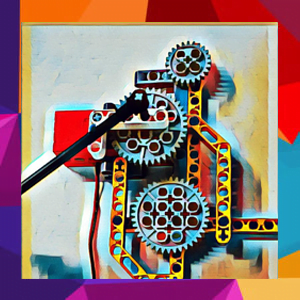
The Study of Motion
The program “Study of Motion” offers a hands-on educational experience for middle school students, designed to help them understand, measure, and explore the concept of motion, which will accompany them throughout their secondary education.
The program is structured to initially provide students with experiential tools to replicate movements, so that they can later deepen their understanding of the concepts that describe these movements and measure them using modern digital tools.
Teaching kinematics through educational robotics provides a tangible and interactive way for students to explore abstract concepts of motion, such as speed and acceleration, through practical experimentation. By programming and controlling robots, students directly observe and manipulate the parameters that affect motion. They collect data and analyze results, promoting a deeper understanding of the principles of kinematics.
Kinematics is the branch of Physical Sciences that studies motion and its quantities without initially involving students in the causes that provoke it. The topics covered in this program begin with the foundation of physical quantities and their units, followed by linear motions—uniform and uniformly variable—periodic motions, and finally motion in more than one dimension and circular motion.
This program promotes interdisciplinary learning by incorporating concepts from Physics, Mathematics, Engineering, and Computer Science. Additionally, the integration of the BBC micro:bit into the teaching of kinematics fosters computational thinking and problem-solving skills, enhancing both social and cognitive development.